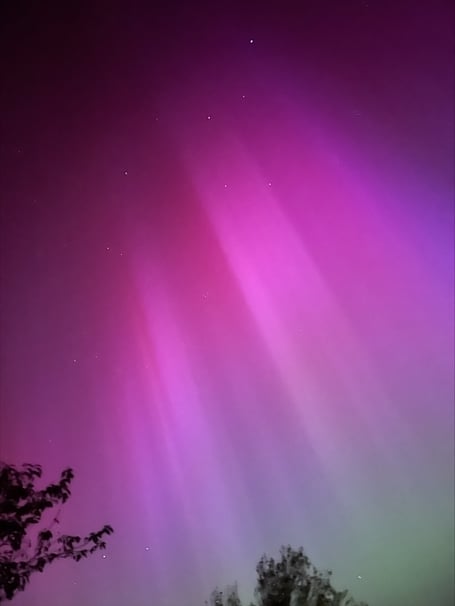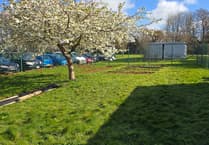June celebrates the start of summer proper. The Earth is fully involved and has a section all to itself in this month’s round-up. The Sun sets at around 21.30 BST.
The Solar System
The Sun is as far north as it will go on June 20 and its surface has a proper river of sunspots moving across its face - we expect this to be maintained for a good while as Sunspot maximum is 2025. Stay informed at www.spaceweather.com, where you can also find up-to-date details of the auroral oval which in turn predicts the opportunity of seeing the aurora.
The Moon
The lunar cycle is as follows: New Moon June 6, First Quarter June 14, Full Moon June 22, Last Quarter June 28. This Full Moon is called the Strawberry Moon, which seems reasonable with Wimbledon on the horizon.
The Planets
With the exception of Venus, the main planets can be seen in the east, in a line rising just ahead of the Sun. Furthest from the Sun is Saturn, then Neptune (binoculars needed), Mars, Uranus (binoculars again), Mercury then Jupiter. Venus is too close to the Sun to be observed at this time, but the waning Moon joins the fun a bit later in the month. To check the exact order for your location, use the free planetarium Programme Stellarium.
Note that it will not get properly dark in June, and some the planets will be close to the horizon and therefore hardly visible. It appears that this alignment has been over-hyped and some will be disappointed; however it does demonstrate that the solar system orbits the Sun in a flat plane. Remember to put away your binoculars or telescope before the Sun rises.
The Earth
The Aurora may well occur at intervals during the month, but as the sky is not very dark and the Moon is waxing to full in the middle, not too much will be seen.
Noctilucent clouds should be visible this month - look North around midnight. The Sun is below the horizon, but not by much. It illuminates dust particles in the upper atmosphere which often shine like cirrus clouds, more often seen these days due (some say) to the presence of rocket dust.
Please note that the Summer Solstice is actually on June 20 this year, rather than June 21.
Brian Sheen runs the Roseland Observatory which is based in Truro High School for Girls. Find it online at www.roselandobservatory.co.uk and on Facebook @roselandobservatory
Pictured: The recent Aurora borealis seen in Cornwall and photographed by Karma Toms, a year 11 pupil at Truro High School for Girls





Comments
This article has no comments yet. Be the first to leave a comment.